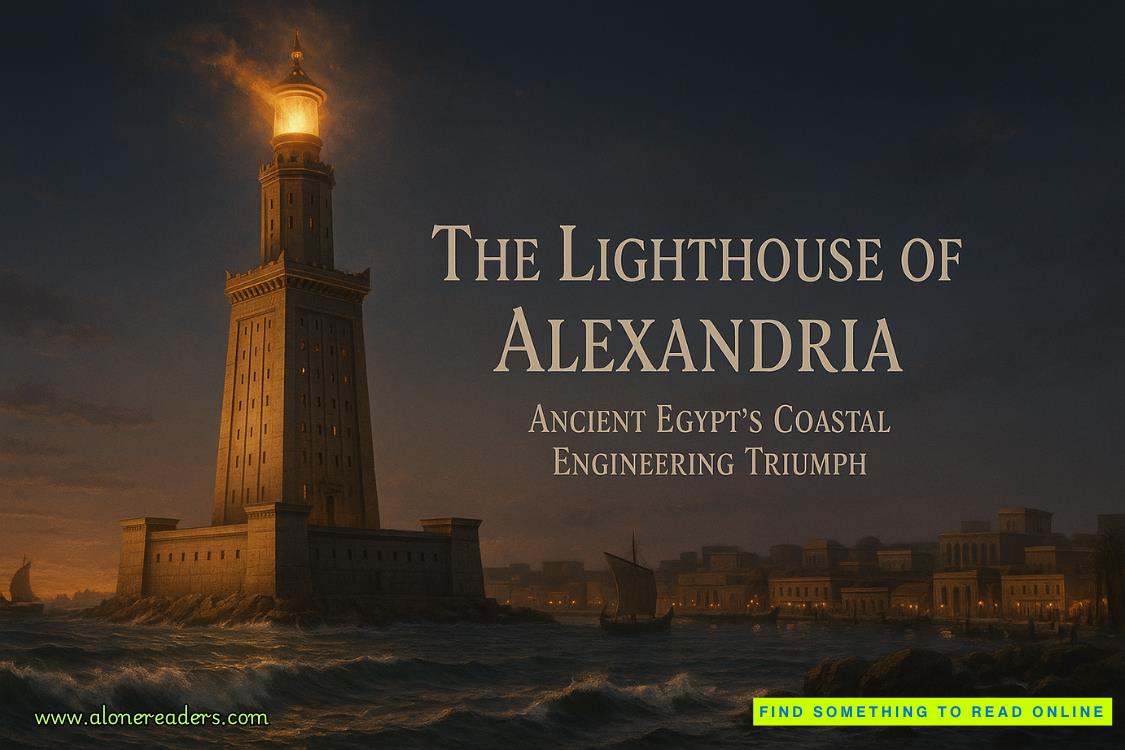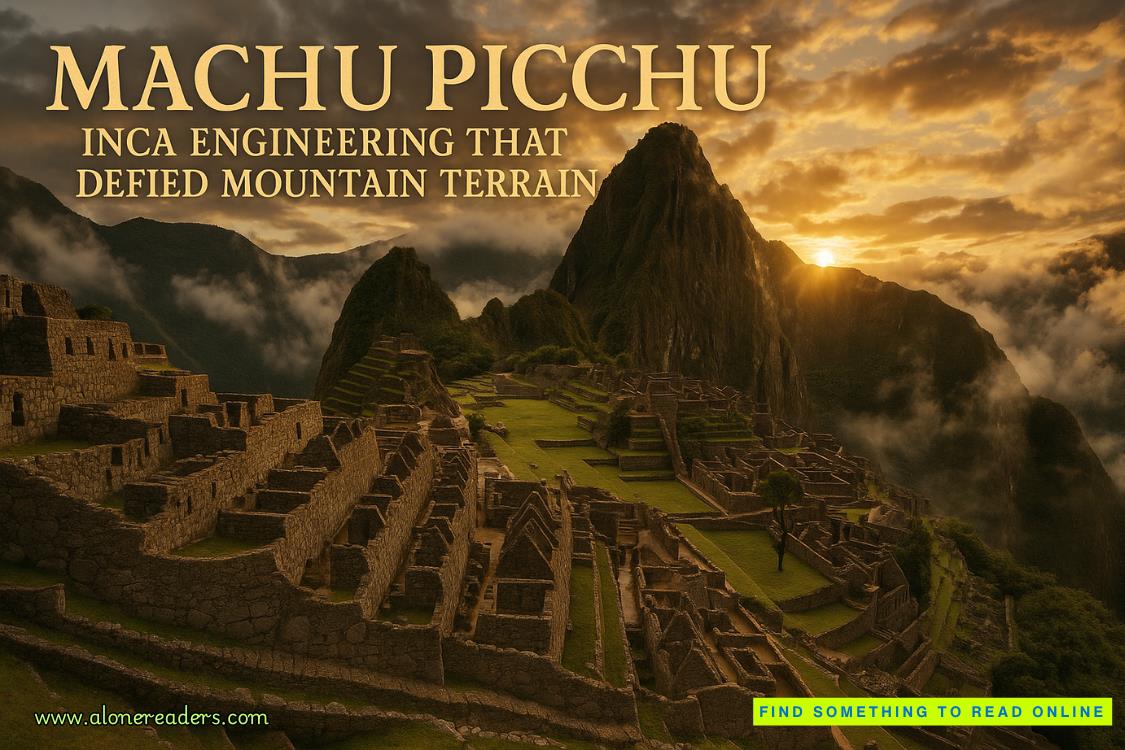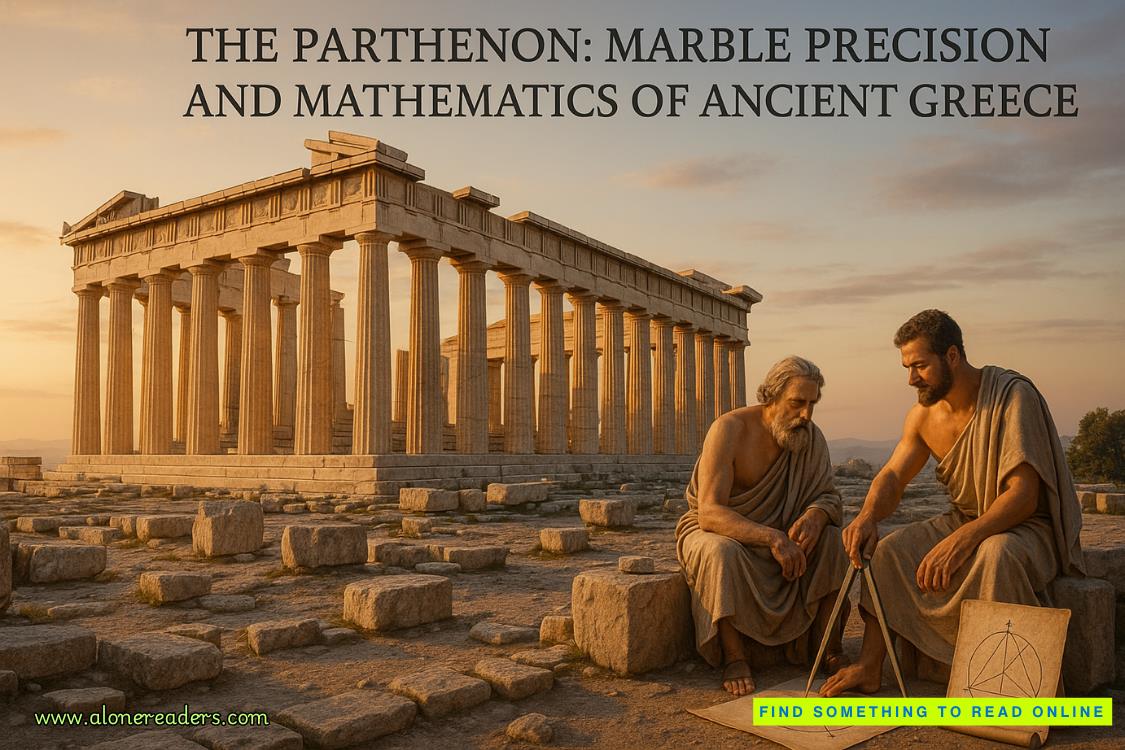Page 30 of A Death in Cornwall
“And your commission on the deal was a perfect seven and a half million.”
“A substantial portion of which I handed over to His Majesty’s Revenue and Customs.”
A scant six months later, Lovegrove continued, he made a second visit to Galerie Ricard, this time with a client who was in the market for a de Kooning.
“And guess what we saw prominently displayed?”
“The Rothko?”
Lovegrove nodded.
“You’re sure it was your client’s Rothko?”
“Oh yes. And it was being offered for sale.”
“By whom?”
“I didn’t ask.”
Lovegrove did, however, raise the matter with his client upon his return to London. And the client admitted that he had sold the painting to another party within the tax-free zone of the Freeport just two months after the original purchase.
“A rather short turnaround,” said Gabriel.
“Not by today’s standards, especially in the Geneva Freeport. But certainly suspicious. More important, it was a violation of our arrangement. If he in fact sold that painting, I was owed ten percent of the sale price.”
“Did your client agree to pay up?”
“Immediately.”
“How much?”
“He wrote me a check for six point two million pounds.”
“The equivalent of seven and a half million dollars,” said Gabriel. “Which means your client sold the painting for the exact same price he paid for it.”
“He did indeed. The question is, why on earth would he do such a thing?”
“Perhaps you should ask him.”
“Can’t,” said Lovegrove. “He dropped me the next day.”
13
Fondamenta Venier
The church of Santa Maria degli Angeli stood at the western end of the Fondamenta Venier on the island of Murano. Gabriel unlocked the outer door and carried his overnight bag inside. Because it was a Sunday, the official day of rest in the Italian restoration community, he had the church to himself. Il Pordenone’s towering altarpiece was adhered to a purpose-built wooden armature in the center of the nave. Gabriel switched on an electric space heater and a pair of standing halogen lamps and inspected his trolley. His brushes, pigments, and solvents were as he had left them four days earlier, or so it appeared. He had it on good authority that Adrianna Zinetti, the finest cleaner of altars and statuary in Venice, regularly tampered with his things, if only to prove that it could be done without detection.
He slid Christian Tetzlaff’s recording of the Brahms violin concerto into his paint-smudged portable CD player, a faithful companion during countless restorations past, and allowed his eyes to wander over the canvas. Thanks to a period of uninterrupted work before leaving for London, he had removed nearly all of the surface grime and old varnish. It was possible he might complete the task today, tomorrow at the latest. Then he would commence the final phase of the restoration, the retouching of those portions of the painting that had flaked away or faded with age. The losses, while consistent with sixteenth-century Venetian paintings, were hardly catastrophic. Gabriel reckoned it would take no more than a month to repair the damage.
Only the upper left corner of the altarpiece was still in need of cleaning. Gabriel hoisted himself atop the platform of his scaffold and wound a swatch of cotton wool around the end of a wooden dowel. Then he dipped it into his solvent—a carefully calibrated mixture of acetone, methyl proxitol, and mineral spirits—and twirled it gently over the surface of the canvas. Each swab could clean a few square centimeters before becoming too soiled to use. Then Gabriel had to fashion another. At night, when he was not reliving nightmarish moments from his past, he was scrubbing yellowed varnish from a canvas the size of the Piazza San Marco.
He worked at a steady pace, pausing only once to insert a new CD into the player, and by noon the platform was littered with several dozen wads of soiled cotton wool. He sealed them in a flask, then, after locking the door of the church behind him, set off along the Fondamenta Venier to Bar al Ponte. Within seconds of his arrival, a coffee and a small glass of white wine—Venetians referred to it as un’ombra—were placed before him.
“Something to eat?” asked the barman, whose name was Bartolomeo.
“A tramezzino.”
“Tomato and cheese?”















